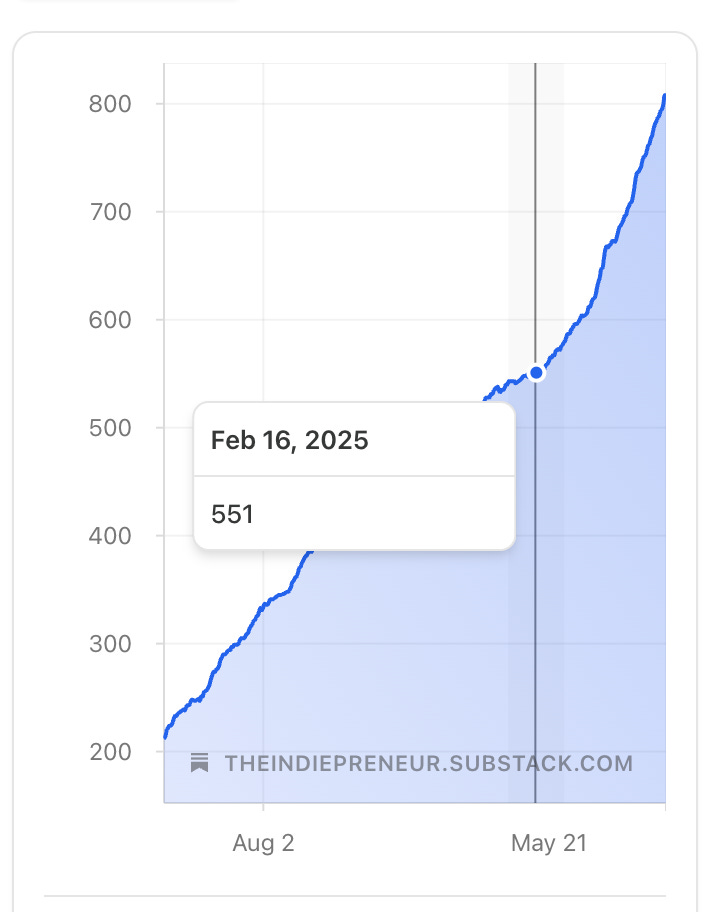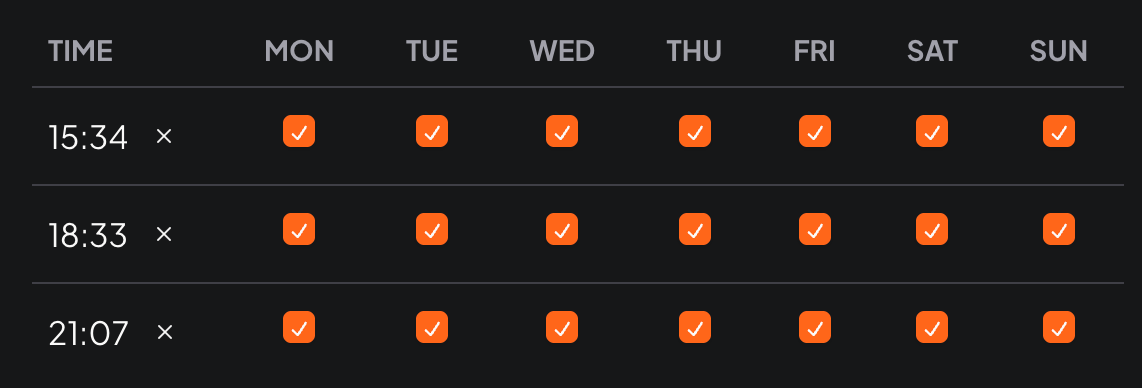I Gather Endless Note Ideas In a Few Minutes - Here's How
5 simple ways to fill up your queue
Writing newsletters on Substack is very rewarding.
That feeling after you finish writing and you schedule it. Man, is it good.
But it also takes a lot of time.
And if you want to grow, you cannot allow yourself to ignore the notes system, which is crazy important to increase your exposure.
It took me 3 months, with notes, to get the number of subscribers that it took 9 months, without notes.
And fun fact, over the first 9 months, 90% of the subscribers were from recommendations.
Since February, 70% come from Substack App.
But it’s not as simple as it sounds. Writing notes takes a lot of time, especially when you have no clue what to write about.
That’s why I write this article! To help you repurpose your long-form posts and turn them into notes (5 steps).
Step 1 – Identify your newsletter's core ideas
The fastest way to figure out what to write about is to reread what you wrote and mark key sentences that deliver a core idea.
Just make sure not to mark the entire article. Not everything can be a good note.
Here’s a technique to help you through this process. Ask yourself a simple question:
‘Does this point stand alone without context?’
Each highlighted item should answer “yes”.
Step 2 – Create individual notes
Now that you have a list of your main points, it’s time to start converting them into standalone notes.
Each note must meet several criteria to maximize engagement:
Conciseness: As a rule of thumb, notes should generally stay under 250 characters (Based on hundreds of thousands of notes with 100 likes +)
Clarity: Every note should make immediate sense, without additional context. Imagine that each note is the reader’s first interaction with your content.
Engagement: Consider ending notes with a question. I found that the comments go through the roof when you end with the right question. (Not a must)
This step will take some time, so it requires patience and creativity.
Step 3 – Linking
When you write notes, consider this:
Every note is an opportunity to funnel readers back to the original newsletter.
Adding a link to the article can significantly increase engagement and reader loyalty.
Pro tip:
Don’t use the article preview when you post a note.
On a feed like notes, it just breaks the rhythm. It’s loud. People skip right past it like it’s clutter.
Just put in your link at the end.
Not sure? Next time you scroll the note feed stop and see how you feel about preview images.
Step 4 – Build a schedule
In order to stay consistent, keep your readers engaged and show that you are there with them, you’ll need to have some sort of schedule.
Here’s mine:
Here are things to consider when you build a schedule
Plan it around audience peak engagement times.
Keep a rhythm to maintain the flow.
Track the engagement constantly to make sure you’re posting at the right times.
Keeping up with the notes schedule is hard. That’s why you’re going to need a reusable workflow.
Step 5 – Build a reusable workflow
To keep up a consistent flow of notes, you'll need a system that you can replicate week after week.
Because let’s face it. Today you’re motivated to post notes. In 2 days this motivation is gone and you stop.
Set up a dedicated time block every week to extract Note-worthy ideas from your latest newsletter.
Use templates to speed up your phrasing and formatting.
Prepare a few good prompts to get some ideas from the Chat.
It’s still not the easiest thing to do, but it’s manageable.
I like to say: It’s simple, but not easy.
Over time, this muscle becomes stronger, but it does take discipline, structure, and commitment.
Final thought
This process is undoubtedly effective.
But! It's undeniably intensive. Repurposing newsletters into impactful notes demands effort and organization (Which I, personally, lack).
The results are worth it, though.





I became really interested in the advice about timing. I never realized that the time of posting could affect views and interactions. Thanks—it really helped me.
Excellent advice! Doing most of it. I've gone from 10 subscriptions to 105 in about 6 weeks following most of your (sage) advice.